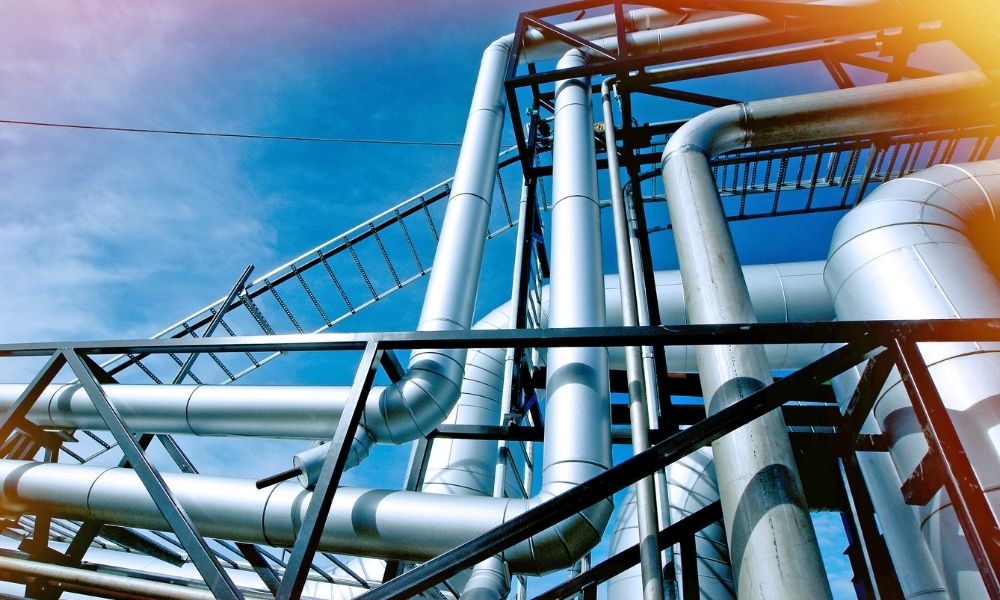What To Consider in the Selection of Pipe Supports

In any industrial setting where facilities need to include networks of pipes, pipeline supports are also necessary to hold them safely in place. Pipe supports transmit the weight from the pipes onto surrounding structures. They account for the weight of the pipes themselves, their internal contents, and any parts attached to the pipes. By taking all this into consideration, pipeline supports prevent the pipes from bending and breaking. Learn about what to consider in the selection of pipe supports through the information that we offer here.
Support Type
There are three primary categories of pipeline supports. Which type you need will change based on what you are using the pipes for. This is a main component of what to consider in the selection of pipe supports, so you should determine what variations you require for a project from the beginning.
Rigid Pipeline Supports
Rigid pipeline supports’ purpose is to keep pipes in place. They work to stop any movements that occur due to thermal changes or vibration in the pipes. As such, they shouldn’t have much give and must be sturdy enough to stand up to prolonged forces that act on them from the pipes. Rigid supports may come in three forms: pipe shoes, rigid struts, and rod hangers.
- Pipe shoes sit underneath pipes, bolted to the ground.
- Rigid struts jut out from a side position and deal with compression and tensile loads in horizontal and vertical directions.
- Rod hangers extend from directly above a pipe and only handle tensile loads.
Spring Pipeline Supports
In contrast to rigid supports, spring pipe supports have a design that accommodates some pipe movement. Facilities like power plants must transport substances at high temperatures in pipes. The thermal expansion that occurs as a result causes the pipes to shift up or down. Spring supports have the right amount of give to both stabilize these pipes while also moving enough to prevent them from breaking due to excessive internal pressure. In terms of configuration, they may hang down or sit upright on the ground.
Snubber
Snubbers are safety structures that protect pipes in abnormal events, including earthquakes, specific facility conditions, and other circumstances that could damage pipes. Normally, they aren’t rigid and allow for small thermal pipe movements. However, once a special incident is underway, they become rigid. To fulfill their function, snubbers may have hydraulic or rotating parts.
Materials
The materials that you use to form the pipeline supports are also important to consider. Commonly, people obtain pipe supports made of steel, iron, and aluminum because these metals are resilient to wear and tear. They can also take temperature changes well. However, most metals need coatings to protect them against corrosion.
It’s also possible to utilize structural plastic lumber from Tangent Materials for some pipe supports. This thermoplastic polymer is tough and can include fiberglass pieces to reinforce its firmness. Furthermore, it doesn’t degrade when it makes contact with water and doesn’t corrode as metal does because of its different chemical composition. So, it doesn’t need any additional surface treatment.












